Summer is officially here! It’s time to enjoy some fun in the sun with your family and friends. Part of being out in the sun is deciding which sunscreen is best for you and your family. From aerosol sprays to lotions, there’s no shortage of options. But what if I told you there are actual dangers of using conventional sunscreens? It’s true. Not all sunscreens are created equal.
You may also be surprised to learn that wearing a hat, shades and long sleeves in the sun are more effective than sunscreen to prevent sunburn.1 The reality is millions of Americans depend solely on sunscreen for skin protection. So why are the rates of melanoma, the most dangerous form of skin cancer, increasing? Sunscreen alone cannot reverse this trend.
Our skin is our largest organ. So anything you put on your skin is absorbed and taken into your bloodstream. This is why it’s vitally important you understand how to use sunscreen effectively and how to choose a safe sunscreen.
Ready to get started? Alright, let’s get to it.
Differences Between Chemical and Mineral Sunscreen
It’s overwhelming to go to the store and see a massive wall of sunscreen brands and types. Just remember there are two main differences between mineral and chemical sunscreens. The first is the sunscreen’s ingredients. The second is how those ingredients affect you. In short, avoid potentially dangerous chemical sunscreens and stick to safer mineral ones.
Mineral sunscreen facts include:
- Contain safe zinc oxide or titanium dioxide for sun protection
- Safe for children and people with sensitive skin
- Works by creating a physical barrier on the skin from the sun
Chemical sunscreens facts include:
- Contain oxybenzone, octocrylene, or homosalate for sun protection
- All of these are readily absorbed into the body after only one application.
- Side effects are worrisome, especially for children, due to larger body surface ratio
- Oxybenzone is linked to many safety concerns for pregnant women, their fetuses, nursing mothers, and their nursing babies.2
- Four studies published in 2020, support previous findings that oxybenzone can act as an endocrine disruptor and may increase the risk of breast cancer and endometriosis (Kariagina 2020, Peinado 2020, Rooney 2020, Santamaria 2020) – more info at ewg.org
12 Shocking Dangers of Sunscreen
1. High SPF in Sunscreen Is Misleading
In general, most people assume a sunscreen with an SPF 100 is twice as powerful as a sunscreen with an SPF 50. But this simply isn’t true. Properly applied SPF 50 sunscreen blocks 98 percent of UVB rays, while SPF 100 blocks 99 percent. So, the extra protection in an SPF 100 is very small, almost unnoticeable. Unfortunately, this gives many people a false sense of security and leads them to believe they can stay out in the sun longer because the SPF is higher.
Furthermore, the higher concentration of chemicals in a sunscreen with a higher SPF is unnecessary and outright dangerous. After looking at the minuscule added sun protection higher SPF sunscreens offer, it’s difficult to justify spreading even more chemicals on your skin. Especially when those chemicals cause cancer, hormonal imbalances and allergic reactions.
2. No Proof Sunscreen Prevents Most Skin Cancers
Now here’s an alarming fact for you. According to the National Cancer Institute, the rate of melanoma cases has tripled over the last 40 years.3 Tripled! Sun exposure, of course, plays a role in why people develop melanoma, but so do other factors. Sunscreen alone does not prevent skin cancers.
Other factors that increase the risk of developing melanoma include:
- Family history
- Indoor tanning
- Fair skin
- Freckles
- Moles
- Ultraviolet radiation
- Severe sunburns
There are only three of these seven risk factors you can control: indoor tanning, exposure to UV radiation and severe sunburns. The takehome is although sunscreen may help prevent some skin cancers, it isn’t going to prevent all or even most skin cancers.
3. UVA Protection in Sunscreen May Be Lower Than You Think
Sunscreens, especially high SPF ones, may overexpose you to harmful UVA rays that raise your risk of skin cancer. The FDA is even proposing sunscreen manufacturers limit the SPF values and increase the UVA protection.4 This ensures consumers are getting more reliable sun protection.
UVA exposure causes:
- Suppressed immune system
- Harmful free radicals forming in your skin
- Increased risk of developing melanoma
Since UVA rays deeply penetrate the skin, they’re harder to block with typical sunscreen ingredients approved by the FDA. On the other hand, the chemicals in sunscreen that block UVB rays aim at preventing sunburn and non-melanoma skin cancers. All in all, the SPF label on sunscreen has little to do with its ability to protect your skin from UVA rays.
4. Stricter FDA Rules on Sunscreen Aren’t Helping
The FDA has put new sunscreen rules out, but they have had little impact on the sunscreen market and could actually make things worse for consumers. The FDA’s rules allow most sunscreens to claim they offer “broad spectrum” skin protection and also that the sunscreens can reduce skin cancer risk.
However, the Environmental Working Group’s (EWG) assessment of 750 beach and sport sunscreens on the market this year spotted significant problems. Believe it or not, EWG found about two-thirds still offer inferior sun protection or contain concerning ingredients such as oxybenzone, a potentially hormone-disrupting chemical that is readily absorbed by the body.
5. Spray Sunscreens Are Uncertain
We all lead busy lives, so I understand why someone would grab a spray sunscreen off the shelf. It seems like it’ll make life just a bit easier and save some time. Does this sound like you? Well, I’m here to tell you spray sunscreens actually pose an inhalation risk and are most likely not adequately coating your skin to give proper protection.
Since nearly a quarter of the sunscreens on the market come in spray form, this is worrisome. Even the FDA recommends that all spray sunscreens never be sprayed on your face. Additionally, spray sunscreens need to be tested to be sure they cannot be inhaled into your lungs – where they can do irreversible damage. To make matters worse, the FDA also warned that some spray sunscreens are flammable once applied.6 This means if you have a spray sunscreen on and go near an open flame, you could catch on fire. Yikes!
6. Waterproof Sunscreens Give the Wrong Idea
Waterproof sunscreen gives a false sense of safety to consumers who purchase it. Most people believe they can apply sunscreen, go swim, get out, wipe off and the sunscreen will stay firmly on their skin. Frankly, this isn’t true. It’s almost impossible to gauge the accuracy of waterproof sunscreens. There are many factors to take in and most people wash or wipe off most of the sunscreen rather quickly.
What does this mean for you? Don’t rely on your sunscreen being waterproof for the specified time on the bottle. You need to reapply often and liberally.
7. Mineral Sunscreens Contain Nanoparticles
Mineral sunscreens don’t break down in the sun and score well from a safety standpoint in the EWG ratings. Historically, the problem was consumers didn’t like that these mineral sunscreens went on white and chalky on their skin. Therefore, sunscreen companies started using nanosized versions of these minerals. These nano-particles are a twentieth the width of a human hair and side-effects are largely unknown.
I believe the FDA should restrict the use of unstable or UV-reactive forms of minerals that would lessen skin protection. Perhaps unsurprisingly, we don’t know everything we’d like to know about their performance, because manufacturers are not required to disclose the qualities of the particles used in their sunscreens.
8. Some Sunscreens Are Hormone Disruptors and Allergens
Since chemical sunscreens are systemically absorbed, some even at toxic levels, it’s imperative you understand why this matters.7 After chemical sunscreens soak into your skin, they enter your bloodstream. From there, chemical sunscreens are in urine and even breastmilk.
Some block or mimic hormones. An example of this is a study done on adolescent boys. The boys with the higher oxybenzone blood levels had significantly lower testosterone levels.8 But that’s not all. Almost all active ingredients in chemical sunscreens cause allergic reactions on sensitive skin.
9. Europe Has Stricter Sunscreen Regulations
European sunscreens offer superior protection from skin-damaging UVA rays. In Europe, sunscreen makers can formulate their products with any of the seven chemicals that filter UVA rays. American manufacturers can use only three UVA-filtering ingredients. They have been waiting years for FDA approval to use Europe’s better filters. In the meantime, you aren’t getting the full sun protection you deserve.
Until the FDA approves these ingredients and lifts restrictions on combining certain active ingredients, American consumers are hard-pressed to find sunscreens with the strongest level of UVA protection.
10. Additives in Sunscreen Can Cause Skin Cancer
The sunscreen industry adds a form of vitamin A to nearly one-quarter of all sunscreens. It’s called retinyl palmitate and it’s an antioxidant that slows skin aging. But federal studies indicate retinyl palmitate may speed the development of skin tumors and lesions when applied to your skin in the presence of sunlight.9
I recommend you avoid sunscreens, lip products and skin lotions containing vitamin A, often labeled “retinyl palmitate” or “retinol.” The EWG agrees and even suggests consumers avoid these products, as well. 10
11. Environmental Concerns with Sunscreen
It’s very concerning that oxybenzone is so dangerous to ocean life that Hawaii banned sunscreens containing them because they’re harmful to fish and coral reefs. Moreover, so has Key West and other areas.
Remarkably, some of these chemicals are even found in the fish, which has a detrimental effect on the food chain.11 If these chemicals are harmful enough to be banned due to harming coral and fish, why are we still putting them on our skin?
12. Sunscreen Impact on Vitamin D
If you’re continuously applying sunscreen and not exposing your skin to direct sunlight, you could be doing more harm than good. In order to produce vitamin D, you need to be exposed to sunlight.
Vitamin D is responsible for:
- Strengthening bones
- Strengthening the immune system
- Reducing the risk of breast cancer
- Reducing the risk of colon cancer
- Reducing the risk of kidney cancer
- Reducing the risk of ovarian cancer
The sad truth is one-fourth of Americans have low levels of Vitamin D. Even more shocking, eight percent have a serious deficiency. If you’re concerned you’re not getting enough Vitamin D, you should schedule an appointment with your doctor. He or she can check your levels and possibly suggest a Vitamin D supplement.
Stick With Oxybenzone-Free Sunscreen
When choosing a sunscreen, there are a few things to keep in mind. But what I want you to take away from this is to make sure you always choose an oxybenzone-free sunscreen. Commonly used in sunscreens, the chemical oxybenzone penetrates the skin, gets into the bloodstream and acts like estrogen in the body. Oxybenzone can also trigger allergic reactions. Please take my advice and don’t use any sunscreen with this ingredient.
Choose sunscreens with the following ingredients:
- Non-nano zinc oxide
- Non-nano titanium dioxide
- Natural sunscreens
- Red raspberry seed oil – SPF 28-50
- Carrot seed oil – SPF 38-40
- Wheat germ oil – SPF 20
- Soybean oil – SPF 10
- Macadamia oil – SPF 6
- Jojoba oil – SPF 4
If you’re at the store and uncertain about what to purchase, check out the EWG website. Almost all sunscreens on the market are on their site. They’re rated by the safety of the ingredients used. I find those ratings very valuable when I’m in a hurry, but I don’t want my health to take a backseat.
Katie from Kitchen Stewardship took the time to test over 100 mineral-based sunscreens to see which ones still work that don't leave your skin pasty white. Check it out here!
The Best Safe and Natural Sunscreen Recipe
This is a wonderful and safe sunscreen recipe I like to use and recommend to my own patients. I love how it makes my skin velvety soft, while also protecting me from the sun’s harmful UVA and UVB rays. This recipe allows you to enjoy the sun without toxic chemicals.
The natural oils I listed in the previous section make a perfect addition to this recipe. You can actually choose whichever one you prefer. You might try a few out and see what you like best. Oils such as olive oil, coconut oil, sesame oil, hempseed oil and shea butter offer low SPF protection but are still valuable additions in your homemade sunscreen. Plus, they’re moisturizing and smell wonderful.
Ingredients:
- 1 ounce oil with SPF listed above (or any combination of them)
- 1 ounce coconut oil, cocoa butter or shea butter
- 1 ounce beeswax (offers waterproofing)
- 5-10 drops of your favorite essential oils
Directions:
- Combine all ingredients in a glass jar. Put a lip on the jar without sealing it closed.
- Fill a saucepan a couple of inches high with water and turn the heat to medium.
- Place the jar into the saucepan.
- As the ingredients in the jar get warm and soften, mix until completely melted and smooth.
- Remove from heat and let cool to room temperature.
- Apply and enjoy as a sunscreen.
The Bottom Line on Sunscreen Facts
I know I’ve really given you a lot to take in here, and I want to be sure you have the key points down. So, let’s recap.
Here are the key takeaways regarding sunscreen safety:
- The best sun protection is long sleeves, a wide-brimmed hat and sunglasses.
- Aim for 20 minutes per day of sun exposure to your skin without any sun protection.
- Avoid chemical sunscreens, especially those with oxybenzone.
- Chemical sunscreens cause a wide variety of health issues.
- Stick with zinc oxide or titanium dioxide non-nanoparticle sunscreens.
- OR use a completely natural sunscreen.
Take the next step in your journey to health and take sun safety seriously. I suggest purchasing my Purely Physical 49 sunscreen or Clear Defense 45 sunscreen. They’re perfect for when you need portable, effective sunscreen. Plus, Dr. Jill sunscreens offer broad spectrum UVA and UVB coverage. To top it off, they’re made with all natural ingredients that are actually good for your skin.
Let’s take your sun protection game to the next level – it’s easier than you think!
References:
- https://link.springer.com/article/10.1007/s10552-011-9780-1
- https://academic.oup.com/jes/article/2/8/903/4999716
- https://seer.cancer.gov/statfacts/html/melan.html
- https://www.federalregister.gov/documents/2019/02/26/2019-03019/sunscreen-drug-products-for-over-the-counter-human-use
- https://www.ewg.org/sunscreen/report/executive-summary/
- http://wayback.archive-it.org/7993/20180125094109/https://www.fda.gov/ForConsumers/ConsumerUpdates/ucm359437.htm
- https://jamanetwork.com/journals/jama/article-abstract/2733085
- https://www.ncbi.nlm.nih.gov/pubmed/27383665
- https://ntp.niehs.nih.gov/ntp/htdocs/lt_rpts/tr568_508.pdf
- https://www.ewg.org/sunscreen/report/the-problem-with-vitamin-a/
- https://www.ncbi.nlm.nih.gov/pubmed/29981751
* These statements have not been evaluated by the Food and Drug Administration. The product mentioned in this article are not intended to diagnose, treat, cure, or prevent any disease. The information in this article is not intended to replace any recommendations or relationship with your physician. Please review references sited at end of article for scientific support of any claims made.




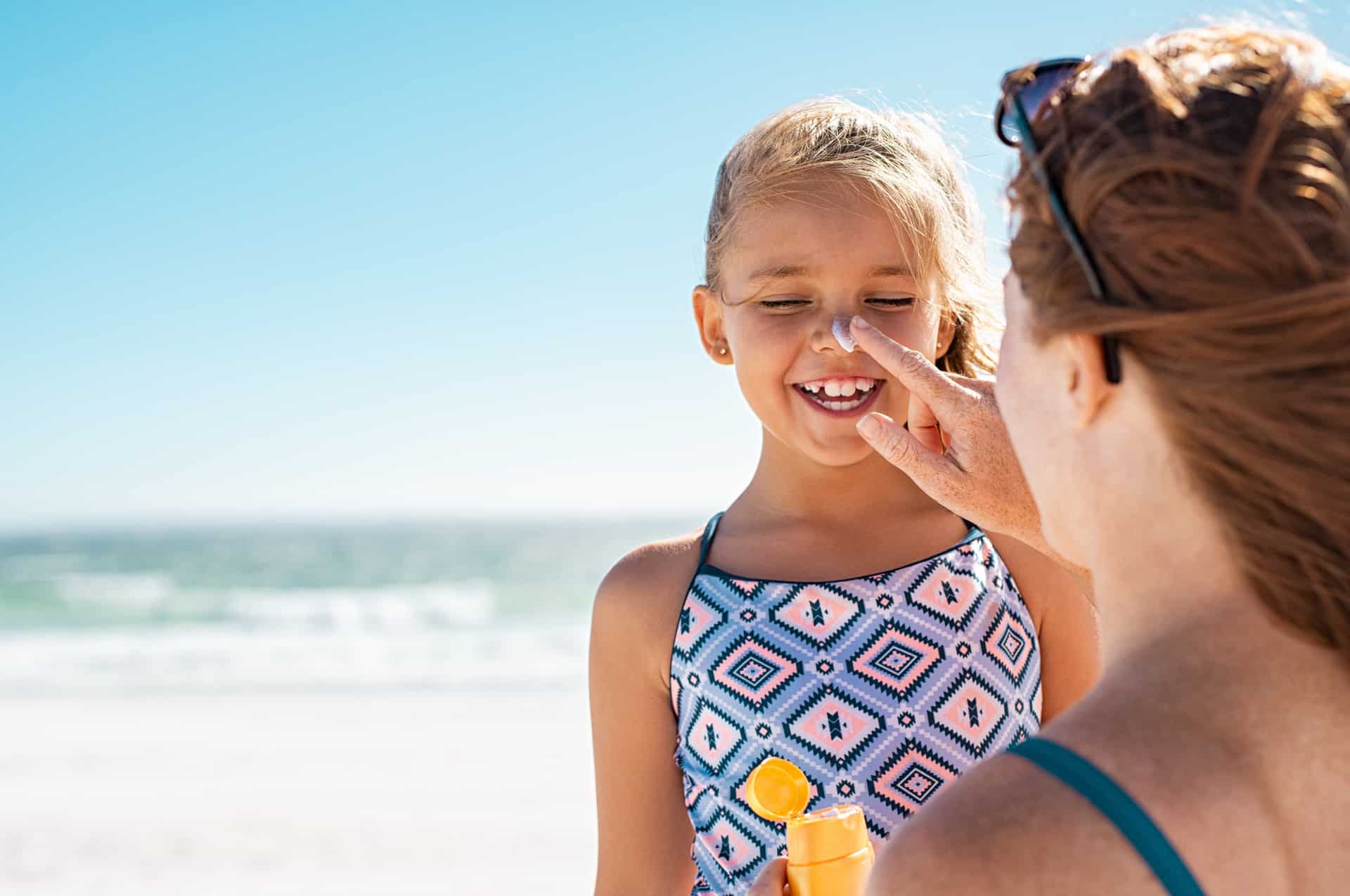

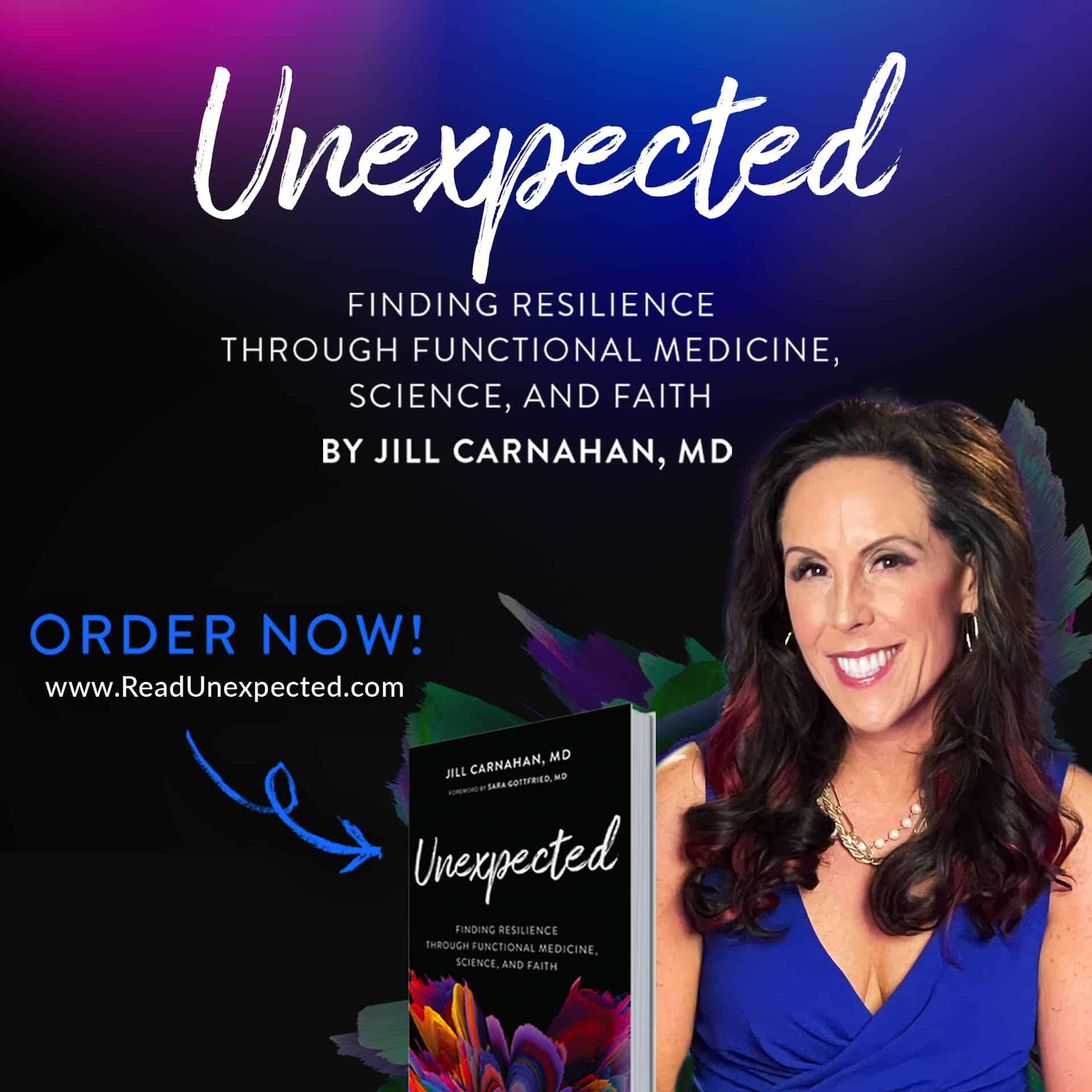

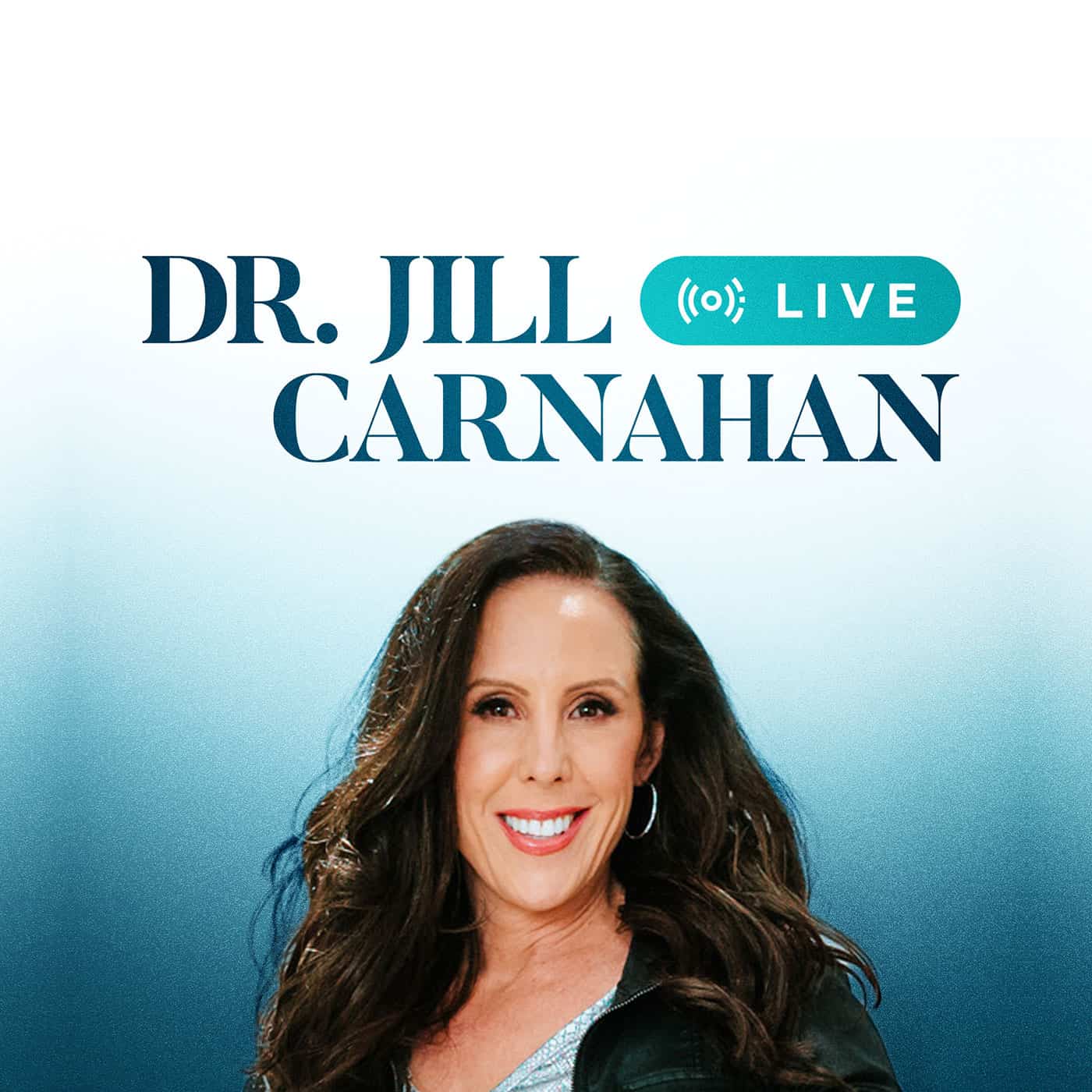
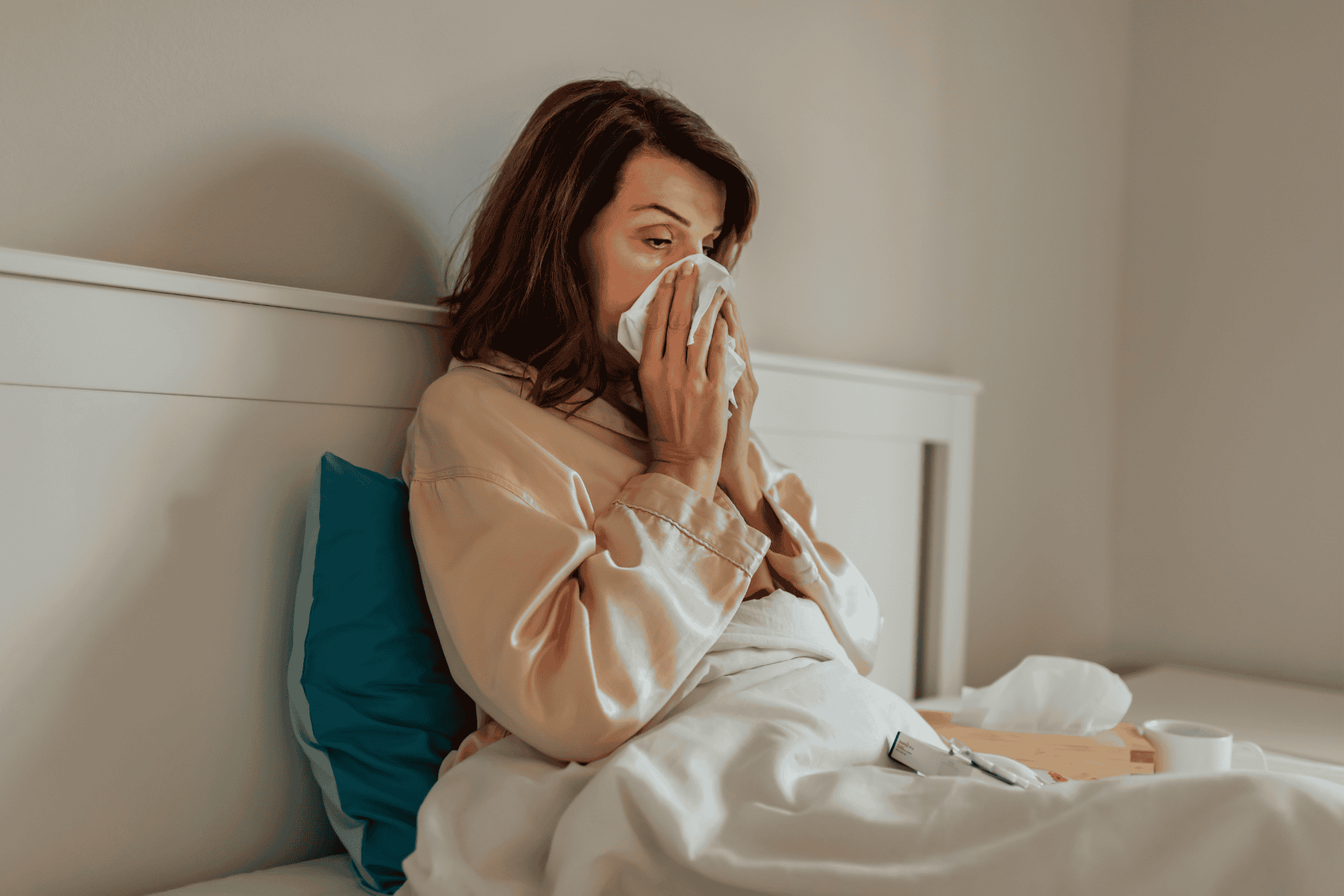



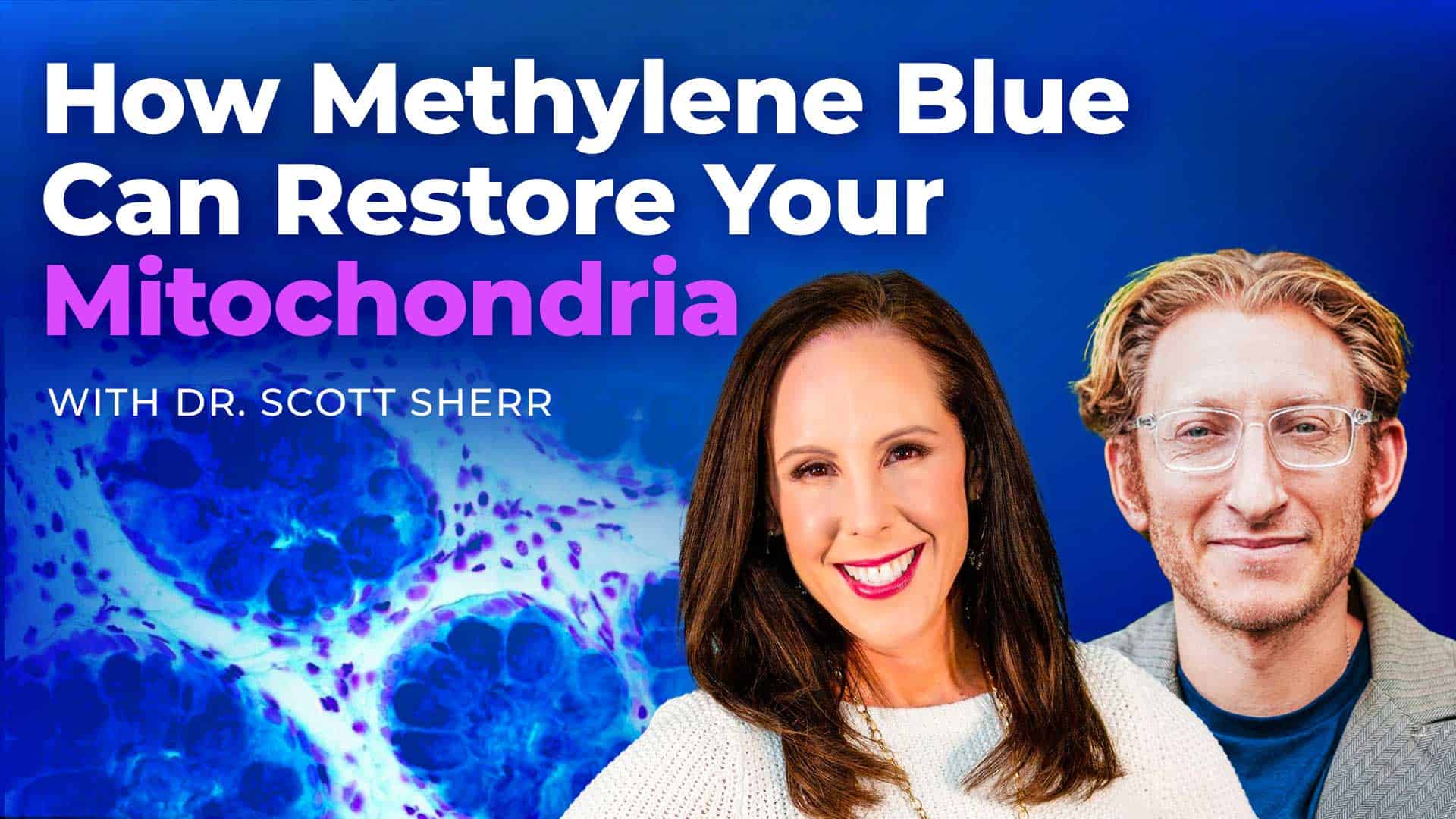
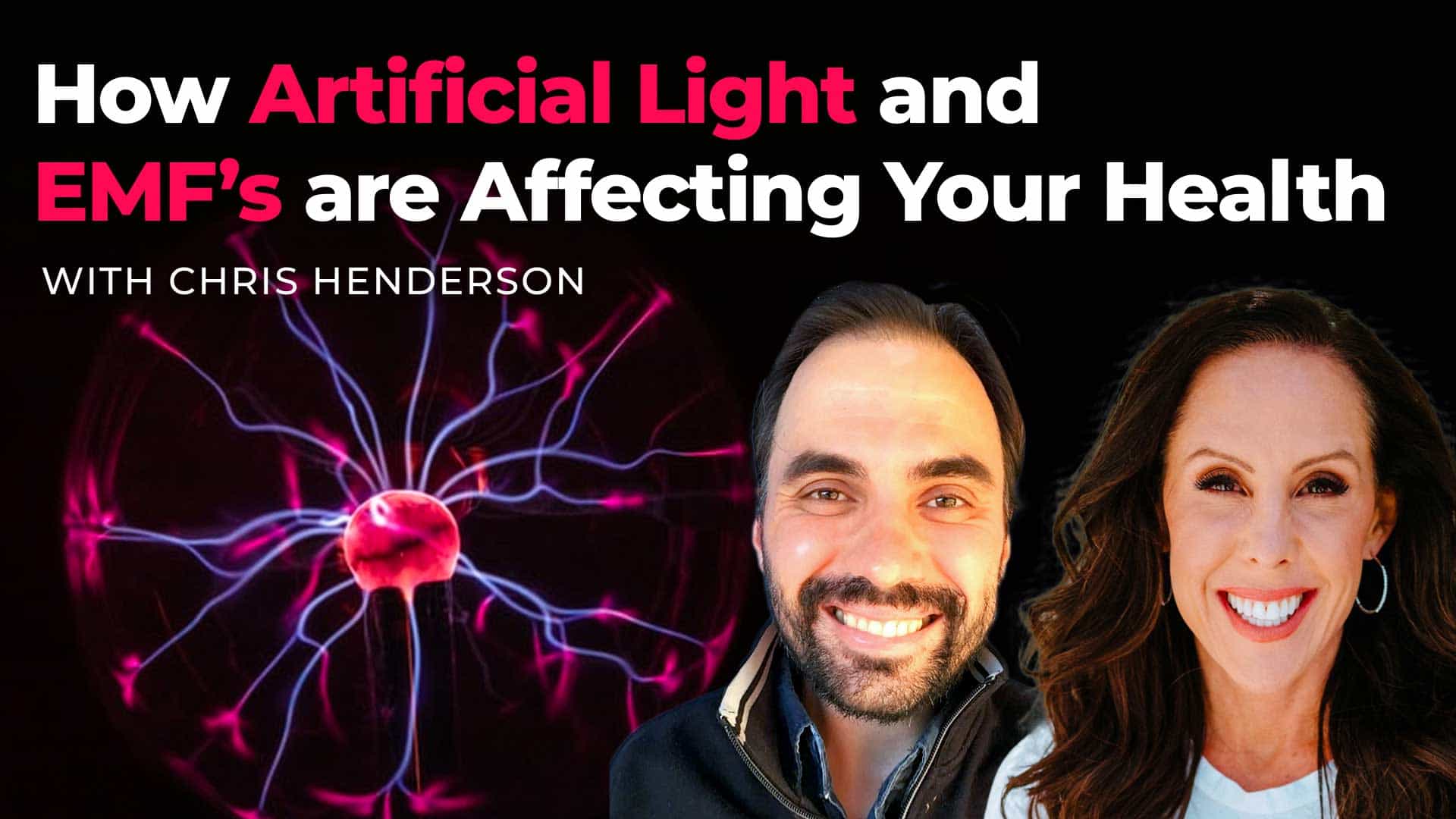
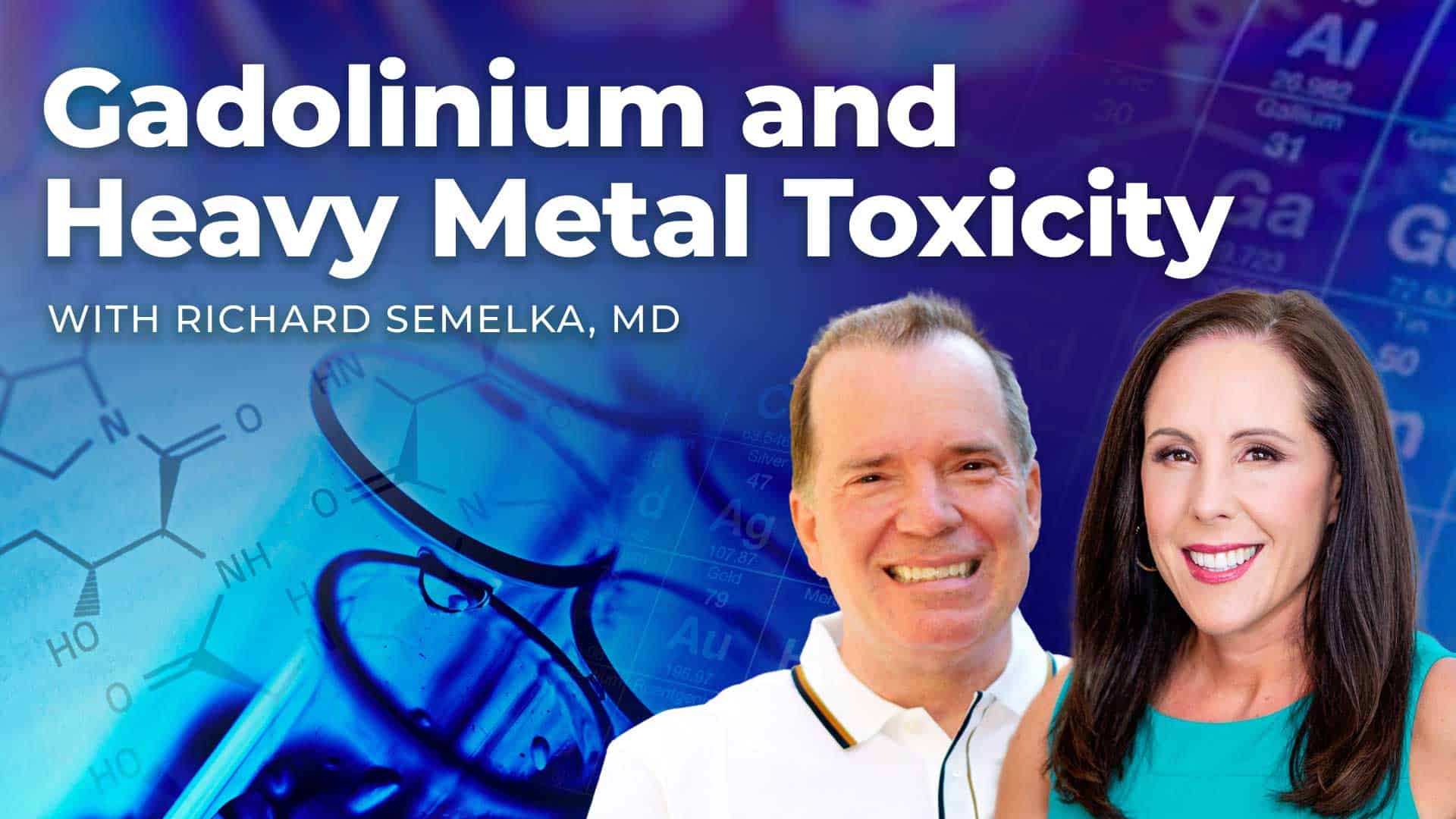



5 Comments
Great information. I just created a similar email for our patients at Healing Unleashed. I am so grateful for the Environmental Working Group. They provide invaluable information about toxins and how to avoid them.
this is great info. where can I find carrot seed oil or wheat germ oil and also beeswax?
Hi Dr. Jill,
I read that around 95% of hypothyroid patients have a Vitamin D deficiency. I’m curious why this is? Can Hashimoto’s/hypothyroid patients not absorb Vitamin D from the sun?
HI Jen
Its complicated but I suspect low vitamin D may also drive autoimmunity and not so much the other way around…
warmly
Dr Jill
I have read that the capacity of the skin to absorb chemicals in the bloodstream is exaggerated. I have also read that ewg.org is not a very reliable source of information. What would you say, Dr.Jill?
Thank you
Share: